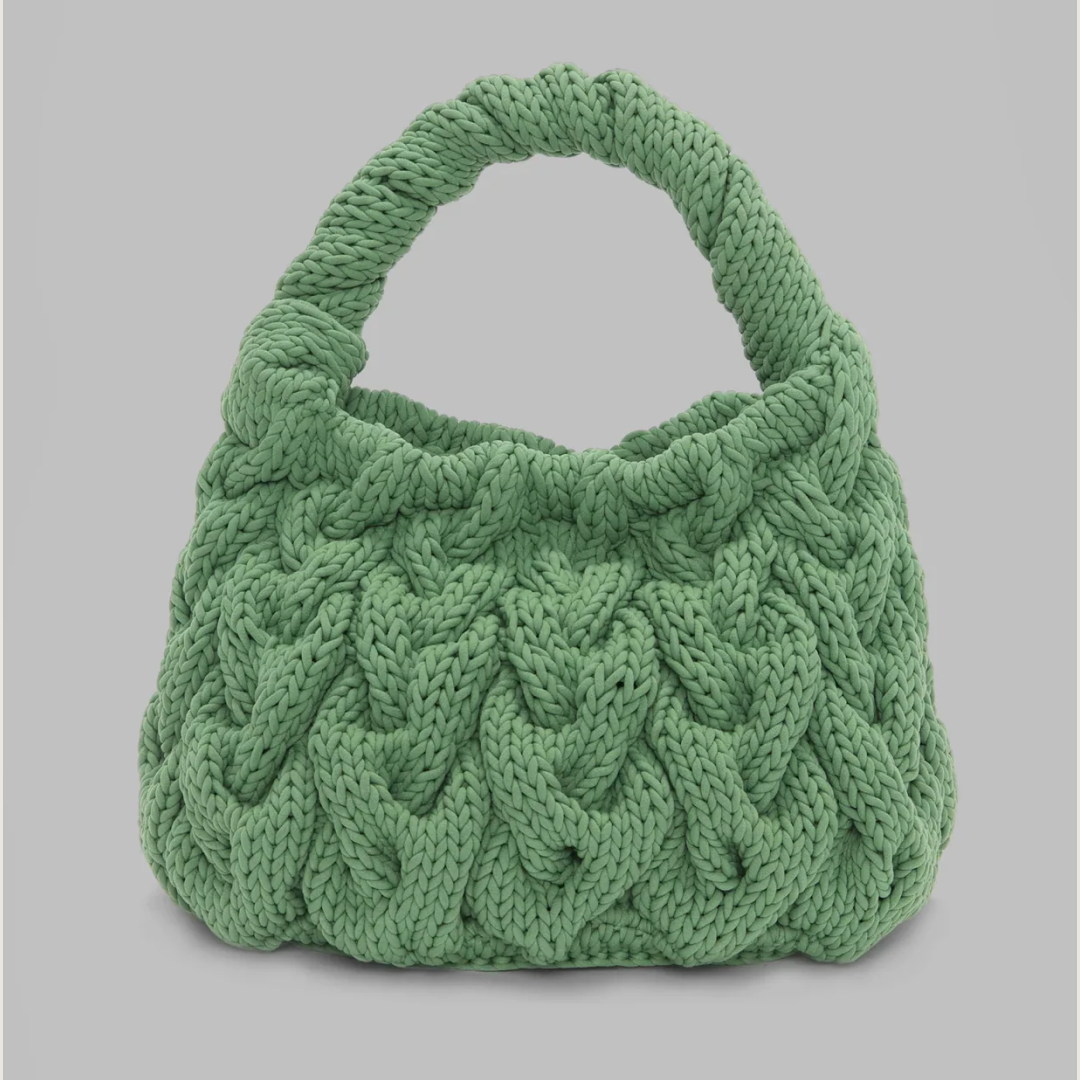Ecommerce returns aren't new. They’re more complex, expensive and critical to the customer experience than ever.
As return rates rise, brands are rethinking not just how they reduce returns but turn them into retention moments to main profitability.
Today’s D2C brands are moving towards ecommerce returns solutions that simplify operations whilst improving the post purchase experience.
If you run an ecommerce business, average returns hover between 20% and 30%. For categories like fashion and footwear, it’s often higher. That’s why it’s no longer enough to just react to returns, you need a smarter system.
We’ll unpack how brands are rethinking their ecommerce returns management strategies to reduce refund rates, increase exchanges, and protect lifetime value.
What Is the Average Ecommerce Return Rate?
The average return rate in ecommerce varies by category. Apparel and footwear typically see the highest rates, sometimes climbing above 40%.
These numbers stem from behaviors like size bracketing, buyer’s remorse, and unclear product descriptions.
When ecommerce brands understand these patterns, this is the first step into optimizing your customer returns strategy.
What Causes Customers To Make Returns?
Many customers' returns are avoidable when brands address the key triggers upfront. These include poor fit, unmet expectations, or damaged goods.
Occasionally, customers over order with the full intent to return part of their basket. It's not always malicious, it’s an effect of a shopping sight unseen.
Common reasons include:
- The item didn’t match the product description
- Multiple sizes were ordered intentionally
- The product arrived damaged
- Delivery delays
- General buyer’s remorse
How much do Returns Cost Ecommerce Brands?
Ecommerce returns may seem to be a routine part of selling but costs can add up quickly. Industry studies suggest that a single return costs between 20% and 65% of the original price.
In addition to this, studies show that online fashion alone generates an estimated $25 billion in processing costs with a 24.4% return rate in 2023.
With each return brings with it restocking fees, reverse shipping, manual handling, and potential product devaluation.
There is also the hidden cost of every refund is a missed chance to retain revenue or build long term loyalty.
76% of customers say free returns are a key shopping factor, brands must shift their mindset from reactive to proactive to create personalized experience.
Ecommerce Returns Best Practices
These ecommerce returns best practices are designed to help brands build smarter post purchase process to turn fewer returns into more revenue:
Turn Refunds into Exchanges or Store Credit
Encourage exchanges with product alternatives and small incentives like store credit. By doing so, you’re turning exchanges into more revenue retention which builds customer loyalty.
Have a Clear Returns Policy
State your policy clearly and proactively on product display pages, in checkout, and in order confirmation emails.
Clear communications around return conditions can help to reduce return rates overall.
Keep Customers Well Informed About Their Returns
Make it easy for customers to start, track and complete a return. A returns portal and automation reduces the manual process for your team.
Ecommerce returns solutions, including an RMS system, email trigger and RMA workflows to reduce manual errors and speed up the time for you to restock.
Protect Your Business Against Return Fraud
Returns fraud is becoming more common like wardrobing, where customers wear the products a few times and then return them for a full refund.
Having a clear returns policy with automated checks can help you to understand customer behaviour to reduce risk without impacting your relationships with customers.
Have a Clear Returns Window
Create a strong return eligibility process for customers by their order value or product type. Traditionally, shoppers expect 30 day returns for all products, but this varies.
Consider different return windows for your products and offer extensions for VIPs where retention is higher.
Use Returns as a Retention Opportunity
Include remarketing nudges, credit reminders, or personalized offers post return. If your return is handled well it could potentially lead to a second purchase, especially if the returns experience is made easy.
Identify Return Trends in Returned Items
Track product level return patterns to identify common trends with your customer returns. This can help brands understand if there’s misleading product information or particular SKUs that are commonly returned.
This data helps to predict and provide you with opportunities to resolve return issues and increase your profits.
Turn Ecommerce Returns into Revenue with Swap Commerce
Returns don’t have to drag down margins. Investing in an ecommerce returns software, can help you become closer to your customers and provide them with a better quality service & experience.
More importantly, a modern return experience reflects your brand values. It shows customers that you're easy to do business with, even when something doesn’t go quite right.
Get started and book a demo today!





























